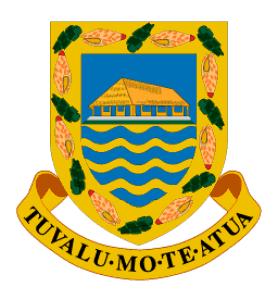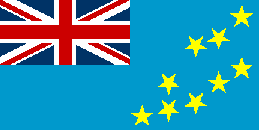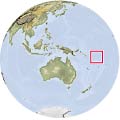Tuvalu: Difference between revisions
Jump to navigation
Jump to search
Tuvalu
Knorrepoes (talk | contribs) m (Text replace - "'''Heraldry of the World<br>The main resource for civic heraldry since 1996" to "'''Heraldry of the World<br>The main resource for civic heraldry since 1996") |
Knorrepoes (talk | contribs) m (Text replace - "85.000" to "95.000") |
||
| Line 1: | Line 1: | ||
{|width="100%" style="color:brown;" | {|width="100%" style="color:brown;" | ||
|width="15%"|[[File:logo1.gif|left]] | |width="15%"|[[File:logo1.gif|left]] | ||
|width="70%" align="center" | <font size=x-large> '''[[Heraldry of the World]]<br>The main resource for civic heraldry since 1996 with over | |width="70%" align="center" | <font size=x-large> '''[[Heraldry of the World]]<br>The main resource for civic heraldry since 1996 with over 95.000 images''' </font> | ||
|width="15%"|[[File:logo1.gif|left]] | |width="15%"|[[File:logo1.gif|left]] | ||
|} | |} | ||
Revision as of 07:48, 30 April 2013
| Heraldry of the World The main resource for civic heraldry since 1996 with over 95.000 images |

|

|

|
| The National Arms of Tuvalu | The National Flag | Location |
Administrative division
There are 9 districts in Tuvalu, each consisting of one or more islands. None of the districts or villages does use arms, neither does the capital Funafuti.
The National Arms of Tuvalu
The arms were granted on December 3, 1976.
The arms show a traditional house, used for large gatherings in the different islands, and the house thus symbolises the autonomy of the local councils. The lower half indicates the dependence of the islands on the sea. The bordure shows a banana leaves, one for each of the (continuously) inhabited islands, and symbolise the rich vegetation. The shells symbolise the riches of the sea.
The motto, "Tuvalu mo te Atua”, means "Tuvalu for God".
Heraldic collector's items
Literature : -
